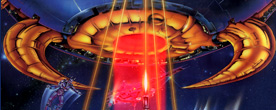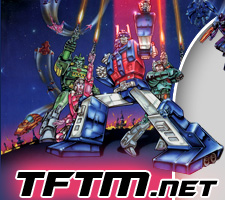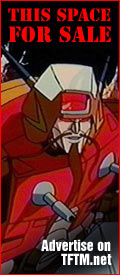TECHNICAL DETAILS
Webmaster's Note:
Because of the many misconceptions of widescreen / fullscreen and different film formats, this sub-page has been created to dispel most of the myths about WHY a widescreen DVD version of the movie might not necessarily be the best thing...
The Transformers: The Movie was filmed (as were many animated films produced in the pre-digital era), on standard 35mm film stock with no lens distortion and then cropped/matted for a widescreen film release using a commonly used projection method known as "closed matte". This meant that the animators had to design each shot to be seen on both a television AND a 16:9 movie screen, and had to make sure that no important visual information (such as character's faces or heads) be in any of the top or bottom parts of the film frame, since in the theater they would be cut off.
The Rhino DVD is in 1:33:1 Full-Frame (non-letterboxed). The reason that Rhino chose to do this transfer full-frame is because the film was designed, storyboarded, and animated for both formats. To make a "widescreen" version, as it was projected in theaters in 1986, would have required them to CROP OFF parts of the film frame, and they chose NOT to do so.
35mm film stock is really about a 4:3 ratio, like your TV. To project it on a wide screen like at the movie theater, one of two basic methods must be used: 1) The negative is filmed with anamorphic lenses, squishing the image on the negative, and with a corresponding anamorphic lens on the projector the image is stretched back out to fill the screen; or 2) It must be "matted" - where the top and bottom of the screen is chopped off (using either a "hard" or "soft" matte). The former method is used more often by filmmakers, for aesthetic (and commercial) reasons. This causes problems for video transfers, however, and these kinds of films must be released to video in either the "Pan/Scan" or "Letterbox" formats. But a film that uses the second filmmaking methodology can be transferred directly to video quicker and cheaper (and with less annoying "pans"), and the video version shows the entire film print, including the stuff cut off the top and the bottom of the theatrical version.
Therefore, this DVD (and all other video releases of TF:TM for that matter) are technically not "Pan/Scan" since there was no panning or scanning involved. The entire 35mm film print is visible on screen (minus the overscan and maybe a little bit around the edges) - and the theatrical version was just chopped off. Notice all the POV shots are framed for a theatrical aspect ratio, and none of the important action is placed at the top or bottom of the screen.
Here are some samples of how the shots are framed:
(Note: These images are taken directly from the full-frame Rhino DVD.)
The red lines show the 16x9 (theatrical widescreen) matte.
The green outline shows the area most televisions display (the rest of the frame, the "overscan", is usually not visible).
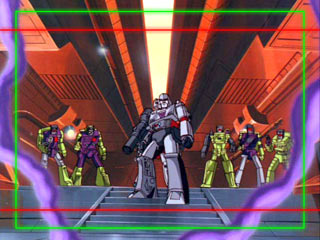
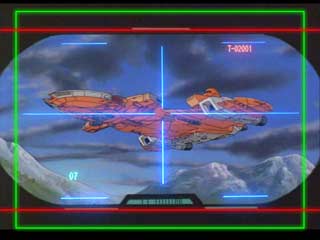
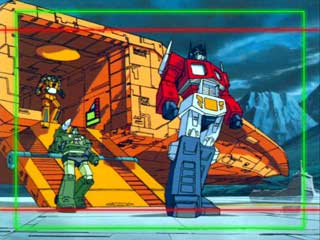
For more detailed explanations of the "Open Matte" (or "Soft Matte") filmmaking methodology, read:
Also relevant to the discussion of missing info on video versions is the concept of video overscan. Those who see more on these images than they do on their standard NTSC televisions must understand
that the extra information is stored in the "overscan" portion of the video.
For more explanations of this property of video, visit:
http://www.hometheaterhifi.com/volume_6_3/essay-video-resolution-july-99.html
Here is a comparison of various DVD releases of the film, compared to original film artwork (in the form of original animation cels, or the Panini stickers) to show how much of the frame is (or is NOT) missing.
Another reason for setting up this page is to show how the film was originally animated and filmed at an approx. 4:3 (1.33:1) ratio. The theatrical presentation, which did show a bit more of the film frame along the edges of the screen (as attendees of Botcon 2000 will attest), was actually MATTED for widescreen, losing significant amounts of information at the top and bottom. It is not uncommon for studios to do this with feature films, especially animated ones. It is called filming in "Open Matte" (or "Soft Matte").
Why is this an important point? Because it invalidates the need for a letterbox/widescreen version, since there never was one in the first place. If you WANT to see it as it was in the theaters, just block off part of the bottom and the top of the screen... that's pretty much how it was presented!
(Note that any time you see a Point-Of-View shot, such as the one seen below with Blitzwing aiming at Hot Rod, it is drawn to fill a 1.85:1 screen, not a 1.33:1 screen such as your T.V.)
Special thanks to Zobovor for the scans of the Panini stickers. Visit his
TF:TM comparison site for more comparisons.
Here are some side-by-side comparisons of a shot with Bumblebee and Spike. Notice that the cel
is at an approximate 4:3 ratio (not 16:9 widescreen), but still reveals more than either DVD version.
(Also note that while the cel of Bumblebee is the same seen in the DVD snaps, the cel of Spike is actually from a different frame, since they were on separate cels.)
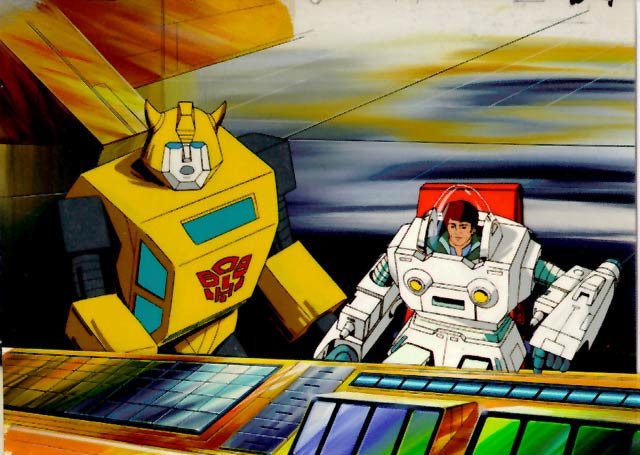
Animation Cel
|
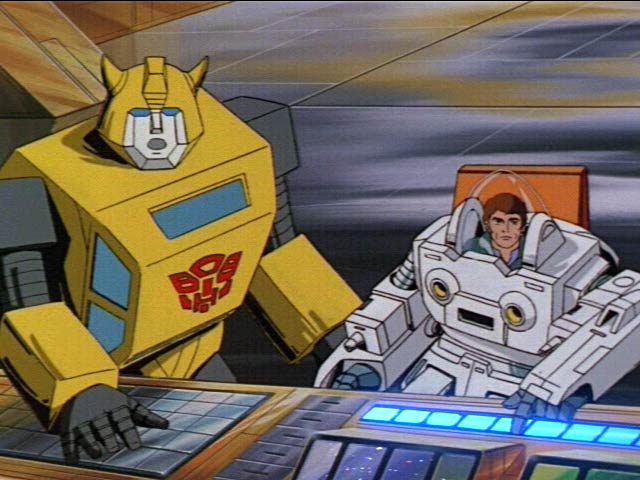
Rhino DVD
|
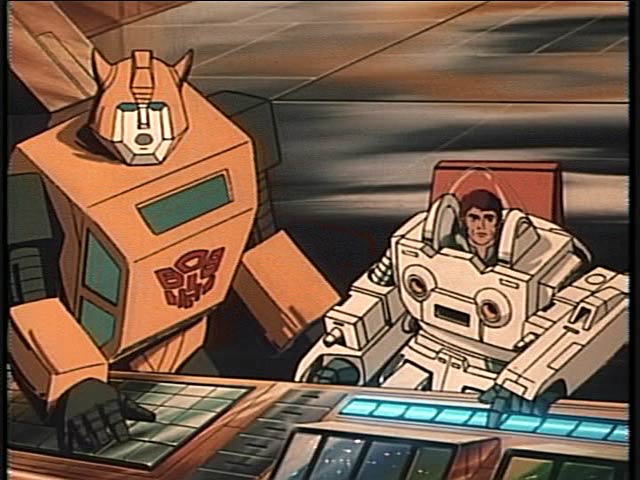
Seville DVD
|
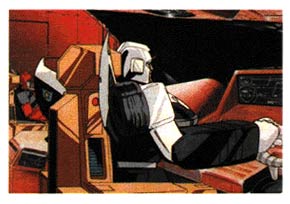
Panini Sticker
|
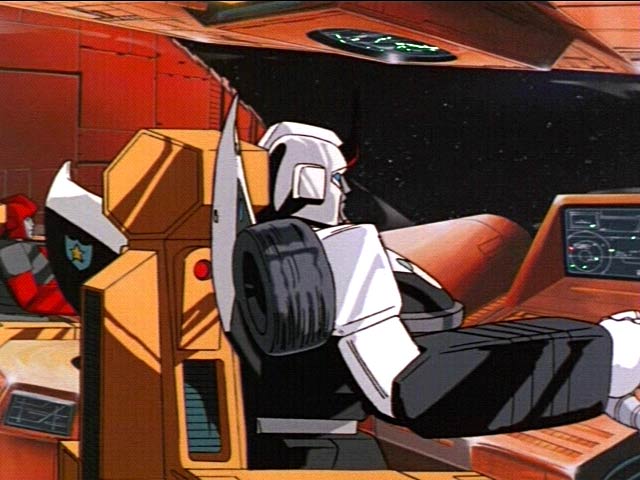
Rhino DVD
|
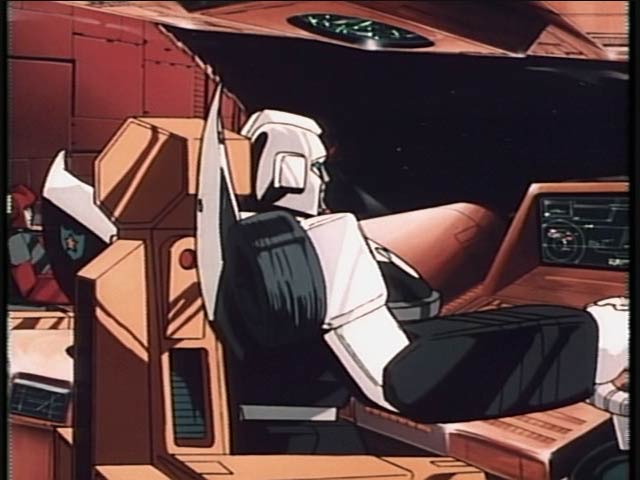
Seville DVD
|
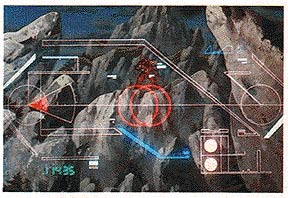
Panini Sticker
|
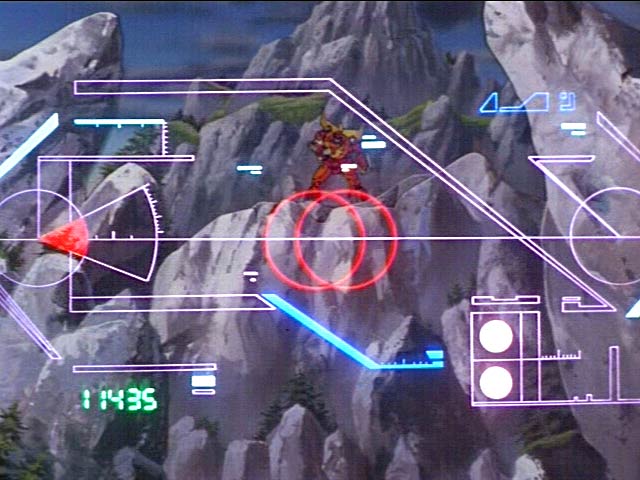
Rhino DVD
|
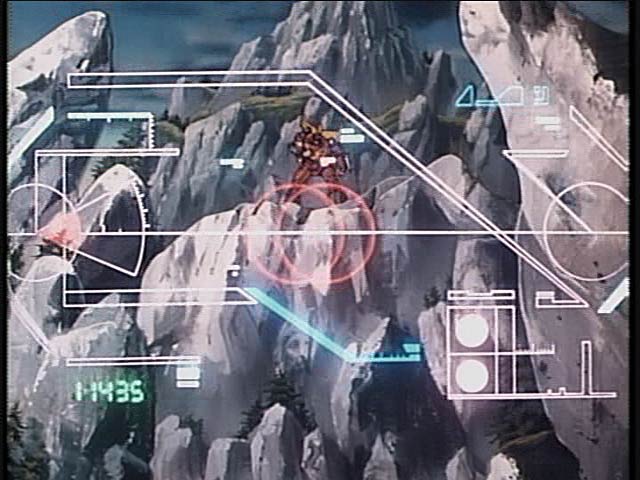
Seville DVD
|
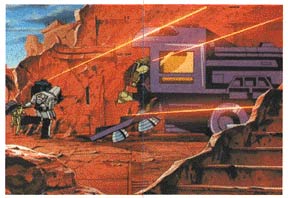
Panini Sticker
|
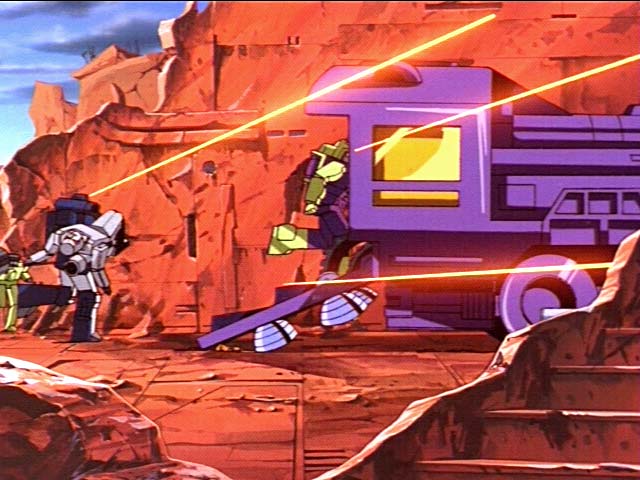
Rhino DVD
|
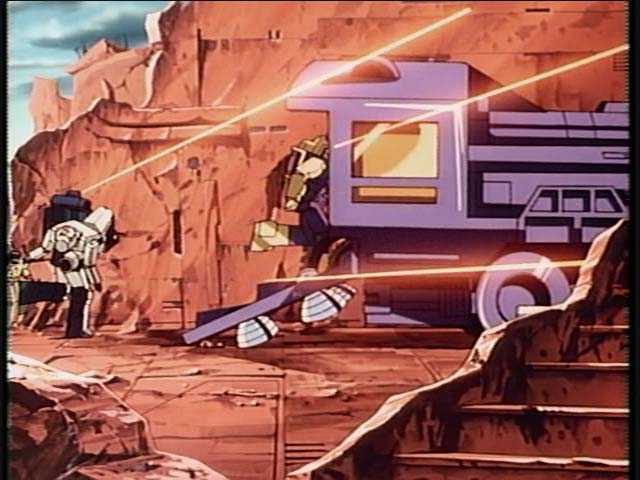
Seville DVD
|
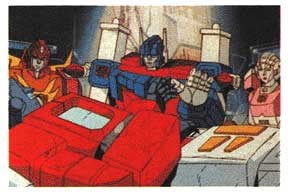
Panini Sticker
|
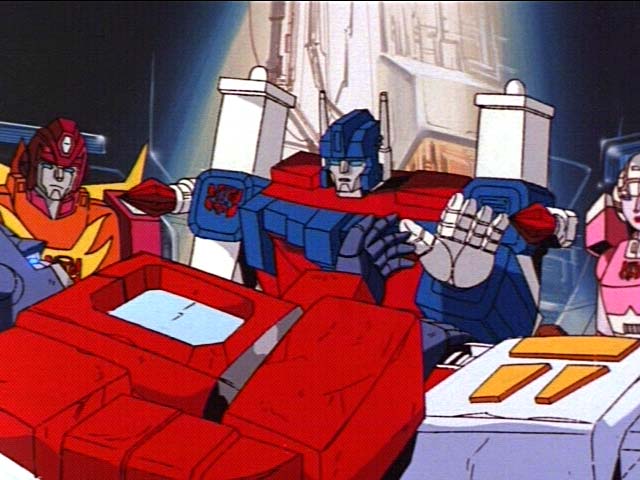
Rhino DVD
|
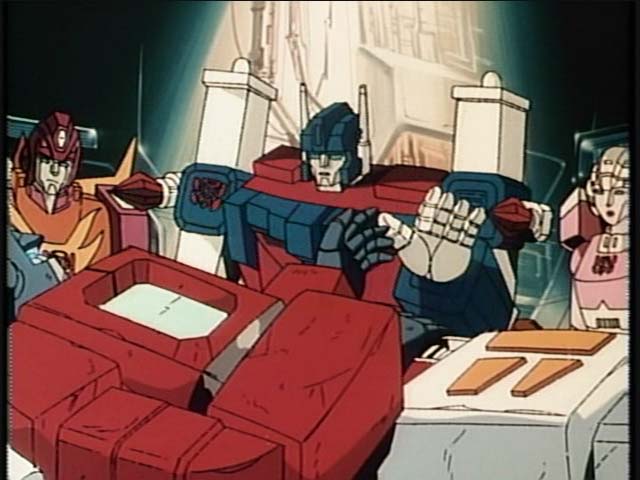
Seville DVD
|
DISCLAIMER: TFTM.NET is not run by, owned by or licensed by Hasbro Inc., Sunbow Productions, Paramount Pictures, Dreamworks Pictures, Takara/Tomy Ltd. or any of their licensees or subsidiaries. This site has been established by fans of these licenses for informational and entertainment purposes only. Transformers, Beast Wars, Autobots, Decepticons, and other Transformers related titles are copyrights and trademarks of their respective owners, and used here out of respect for these properties.
